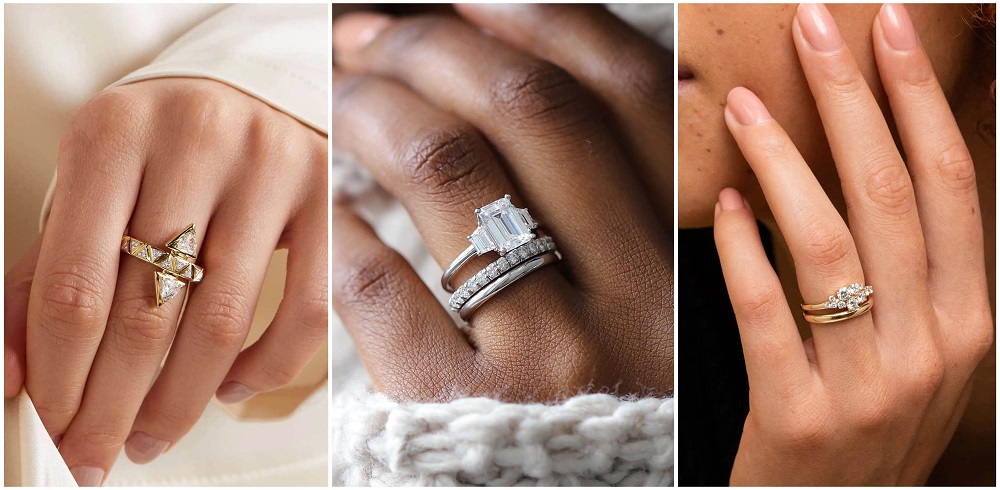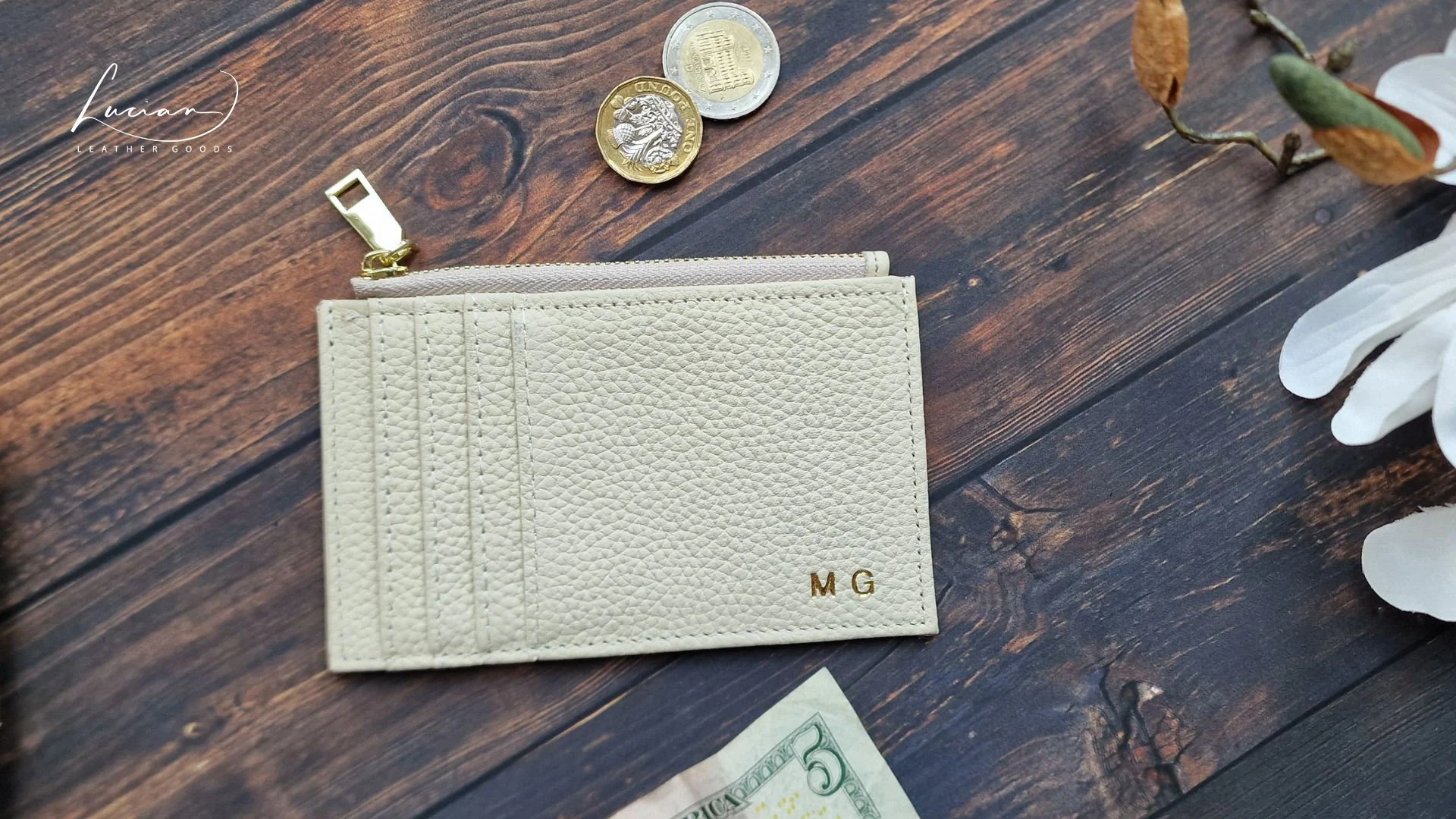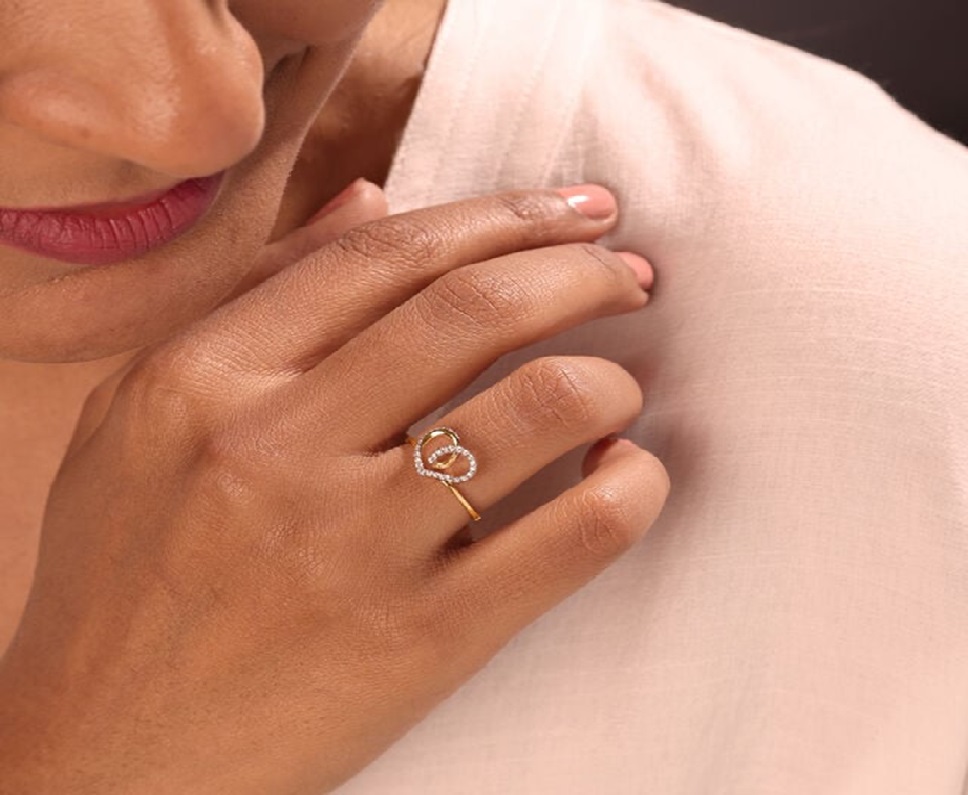The engagement ring, a symbol of love and commitment, has seen a remarkable transformation throughout history. From simple bands to extravagant designs, the styles of engagement rings have evolved significantly over the decades, reflecting changing societal values, fashion trends, and technological advancements. This article explores the evolution of engagement ring styles, highlighting the key trends that have shaped them over the years.
1920s: The Rise of Art Deco
The 1920s marked the beginning of the Art Deco movement, which introduced bold geometric shapes and intricate detailing into engagement ring designs. Rings from this era often featured colorful gemstones alongside diamonds, with a focus on symmetry and craftsmanship. The use of platinum became popular, allowing for more elaborate settings and a modern aesthetic that appealed to couples of the time.
1930s: The Classic Solitaire
As the Great Depression hit, many couples sought simpler, more affordable options for their engagement rings. The classic solitaire diamond became the go-to choice, symbolizing purity and enduring love. The design was minimalistic, allowing the diamond to take center stage. This trend laid the foundation for the timeless elegance that still defines many engagement rings today.
1940s: Wartime Simplicity
During World War II, resource scarcity influenced engagement ring designs. Couples often opted for simpler styles, such as gold bands with modest settings. However, the wartime spirit also inspired some creativity, leading to unique designs that incorporated military motifs or personalized engravings, giving these rings a meaningful connection to the couples’ experiences.
1950s: The Influence of Hollywood
The post-war era brought prosperity, and with it, a resurgence of lavish engagement rings. The influence of Hollywood celebrities played a significant role in shaping styles. Iconic figures like Grace Kelly and Elizabeth Taylor showcased stunning rings that featured large, extravagant stones. The popularity of the diamond engagement ring was solidified during this decade, setting a standard that remains influential today.
1960s: Individuality and Innovation
The 1960s ushered in a wave of individuality and self-expression. Couples began to explore unique designs that reflected their personalities. Alternative gemstones, such as sapphires and emeralds, gained popularity, and many opted for vintage or custom pieces that stood out from traditional diamond rings. This era marked the beginning of a shift towards personalized engagement rings.
1970s: The Return to Nature
The 1970s saw a shift toward more organic and nature-inspired designs. Engagement rings featured irregular shapes and unconventional stones, with an emphasis on artisanal craftsmanship. The trend towards ethical and eco-friendly choices also began to emerge, leading many to seek conflict-free diamonds and recycled materials for their rings.
1980s: Bold and Bright
The 1980s were characterized by boldness and excess. Large gemstones, elaborate settings, and extravagant designs dominated engagement rings during this time. Couples often chose rings that made a statement, with intricate details and vibrant colors. The decade celebrated opulence, reflecting the societal trends of the time.
1990s: Simplicity and Minimalism
The 1990s brought a resurgence of minimalism. Many couples sought simplicity in their engagement rings, favoring sleek designs and classic settings. This decade saw a return to the classic solitaire, often featuring round brilliant cut diamonds set in yellow or white gold, emphasizing understated elegance.
2000s and Beyond: Customization and Unique Styles
As we moved into the 2000s, the emphasis on customization became more pronounced. Couples increasingly sought unique engagement rings that told their personal love stories. From vintage-inspired settings to intricate, personalized engravings, the options became limitless. Modern trends also include alternative stones and non-traditional designs, reflecting a growing desire for individuality.
Conclusion
The evolution of engagement ring styles over the decades illustrates how love and commitment are expressed through changing aesthetics. From the grandeur of the Art Deco era to the personalization of modern designs, engagement rings continue to evolve, adapting to the tastes and values of each generation. Today, the engagement ring is not just a piece of jewelry; it’s a reflection of the couple’s unique journey, making it more significant than ever.





